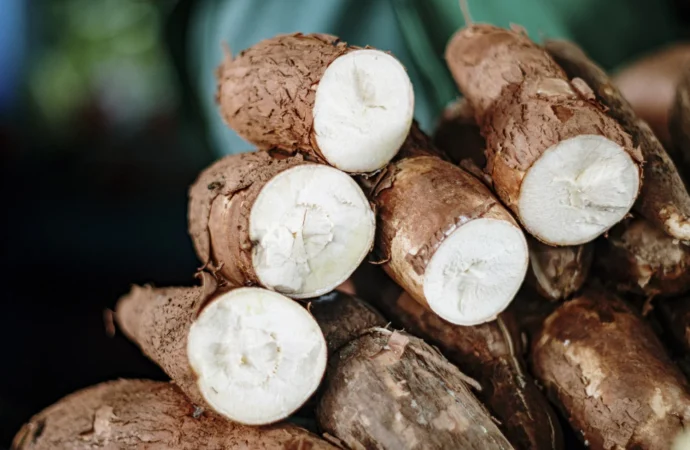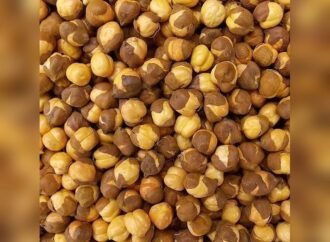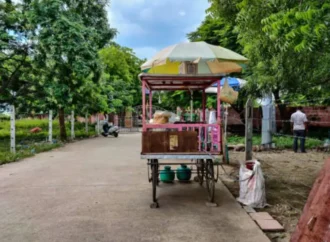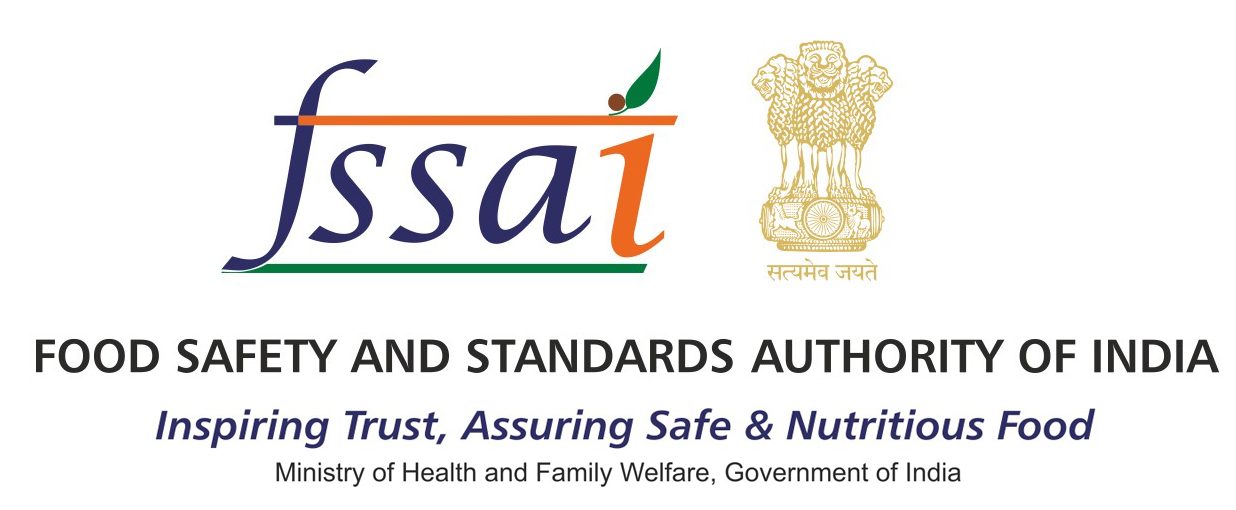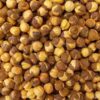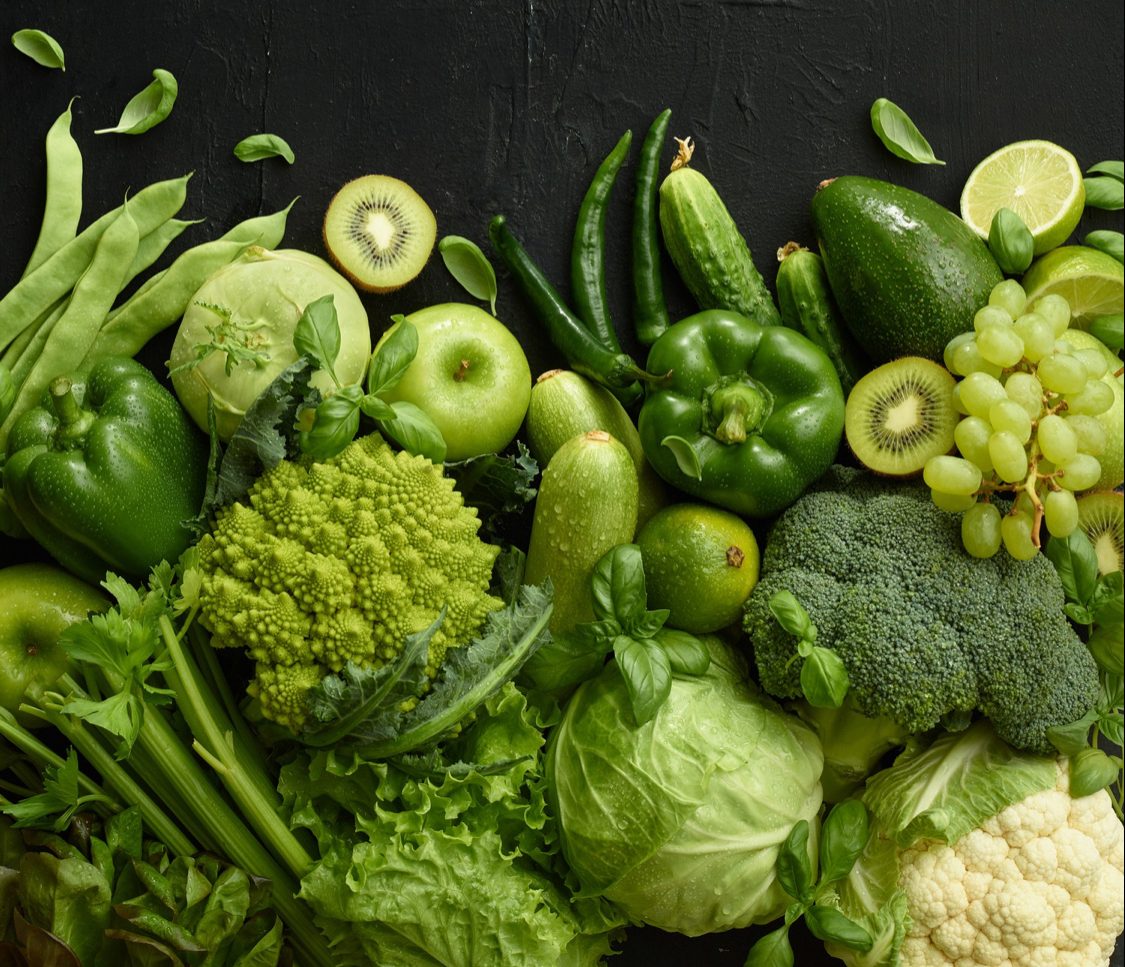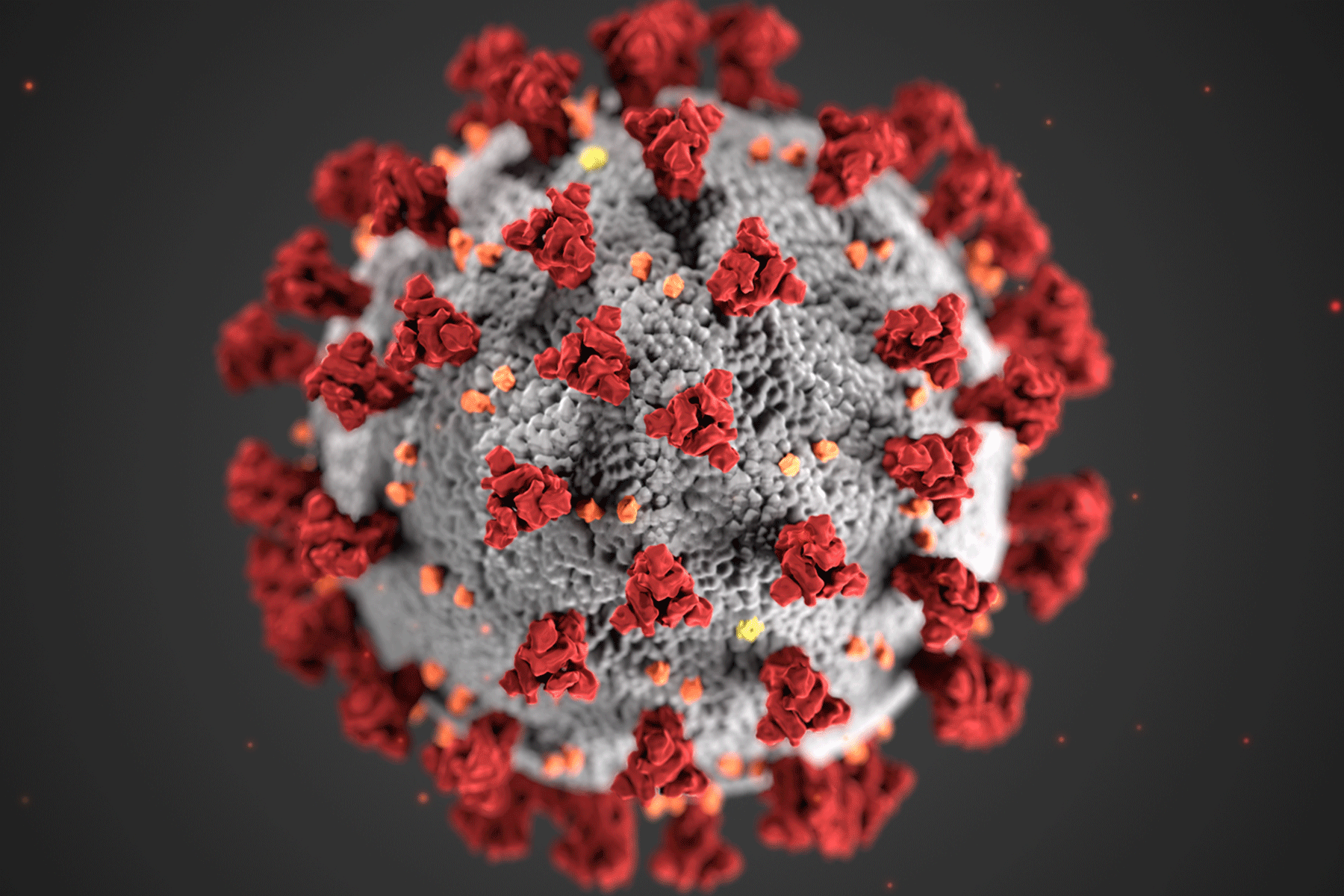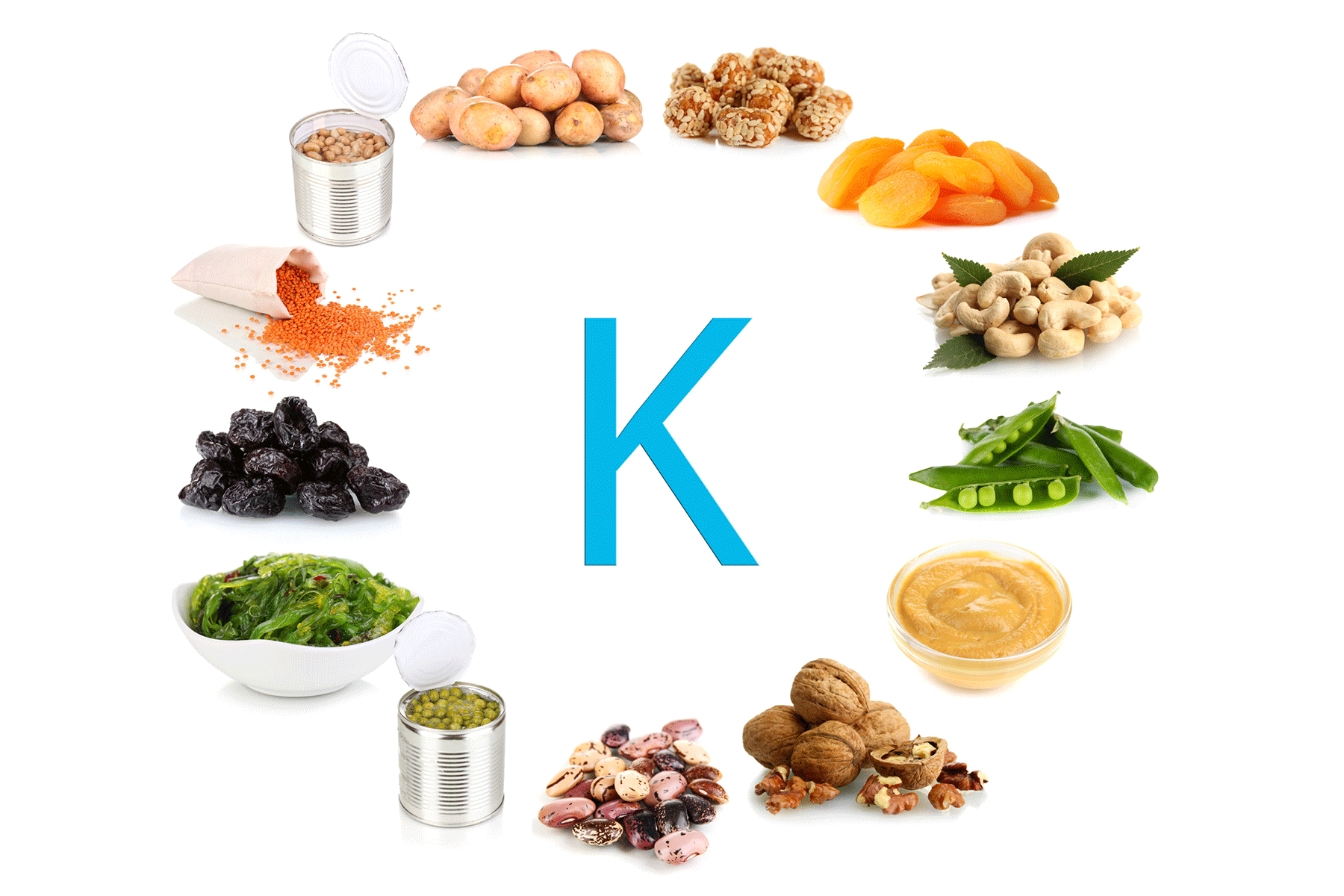Cassava, a vital root vegetable, serves as a primary food source for millions worldwide, particularly in regions with limited agricultural resources. Known for its high carbohydrate content, it provides essential energy and is versatile in both culinary and industrial uses. However, improper preparation can cause serious health risks, as certain varieties contain toxins that may lead to cyanide poisoning. This emphasizes the need to educate farmers and consumers on safe cassava processing methods to ensure they enjoy its benefits without harmful effects. With proper awareness and care, cassava can remain a safe, nutritious, and sustainable crop for communities worldwide.
What is Cassava?
Native to South America, cassava spread to Africa in the 17th century and later reached Asia. It thrives in tropical climates, especially in regions where other crops struggle to grow. Cassava shows high resilience, surviving in poor soil conditions and requiring minimal water compared to other staple crops like potatoes. Its low labor requirements make it easy to cultivate in rural, economically disadvantaged areas, especially in harsh climates.
In India, people commonly refer to cassava as tapioca, and it is widely consumed in states like Kerala, Tamil Nadu, Andhra Pradesh, and Karnataka. It plays a vital role in the diet of many low-income communities, providing a reliable carbohydrate source. People consume it in various forms, such as boiled tapioca or sabudana, a dish often enjoyed during religious fasting. Cassava also holds cultural significance, appearing in local celebrations and traditional cuisines.
Cassava’s versatility extends beyond food. Industries use its starch to create products like adhesives and paper, making a significant contribution to local economies. This makes cassava not only an important nutritional resource but also a key player in various industrial sectors.
Health Benefits of Cassava
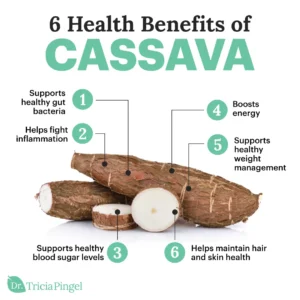
Cassava is a nutritious root vegetable rich in carbohydrates, providing a reliable energy source, especially in areas with limited food options. Proper preparation is crucial, as some varieties contain harmful toxins. When prepared safely, cassava supports overall health in various ways.
- Energy Boosting: High in carbohydrates, it provides a quick and steady source of energy.
- Digestive Health: Rich in fibre, it aids digestion and prevents constipation.
- Gluten-Free: A great alternative for those on a gluten-free diet.
- Rich in Nutrients: Packed with vitamin C, B vitamins, calcium, potassium, and magnesium, it supports immune function, bone health, and heart function.
- Low in Fat: Naturally low in fat, making it heart-healthy and beneficial for weight management.
- Bone Health: Calcium and magnesium contribute to maintaining strong bones.
- Heart Health: Potassium helps regulate blood pressure, supporting cardiovascular health.
Health Hazards of Cassava
Cassava offers many benefits, but it poses health risks if not prepared properly. The tubers contain cyanogenic glycosides, which can turn into toxic cyanide when not detoxified. Without proper soaking, drying, or scraping, consumption can lead to poisoning. Additionally, cassava leaves also contain high levels of these glycosides, making them hazardous if not processed correctly.
The risks of cyanide poisoning include:
- Dizziness and nausea
- Difficulty breathing
- Confusion and disorientation
- In severe cases, it can lead to death.
These dangers underscore the critical importance of following proper preparation techniques, such as soaking, drying, and scraping, to break down these harmful toxins. Awareness and education about these safety measures are essential to ensure cassava remains a safe and reliable food source.
Why Cassava Processing Matters
Educating both farmers and consumers about the proper processing of cassava is essential to preventing cyanide poisoning. Cassava contains cyanogenic glycosides, which can convert into toxic cyanide if not detoxified. The proper methods of soaking, drying, and scraping are necessary to remove these toxins and make cassava safe for consumption. Without these crucial steps, people risk cyanide poisoning, which can have life-threatening consequences. Raising awareness of these risks and ensuring that people are properly informed can prevent accidental poisoning.
Key Points:
- Safe cassava processing methods include soaking, drying, and scraping to remove harmful toxins.
- Farmers and consumers should be educated on how to process cassava safely.
- Wild varieties of cassava contain higher levels of cyanogenic glycosides and require extra care or should be avoided.
- In rural areas or markets, people may lack access to education and guidelines on safe cassava processing, increasing the risk of poisoning.
- Increased awareness of safe cassava preparation ensures it remains a nutritious and reliable food source without health risks.
Conclusion
Cassava is an essential crop for millions of communities worldwide, but improper handling can pose serious health risks. By educating people on safe detoxification methods and raising awareness about the dangers of improper processing, we can prevent these risks. With the right knowledge and care, cassava can continue to be a nutritious, safe, and reliable food source, supporting millions of people around the world
 Food Manifest
Food Manifest 